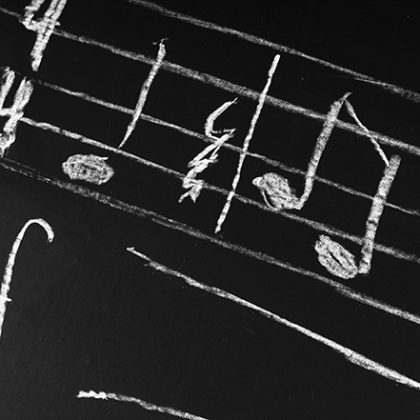Do we ‘read’ or ‘speak’ music? And what does the answer mean for transmitting knowledge in general?
In the July 2017 issue of the British Journal of Music Education (BJME), co-editor Martin Fautley’s editorial focuses on musical notation: when, why, and how it should be taught. Reviewing previous BJME articles, Fautley separates the argument into:
teachers who believe western classical stave notation should be taught on its own, both in advance of and in isolation from any other musical activity; and
teachers who expect there to first be a need to acquire this knowledge, who believe that acquiring it in isolation is not useful.
Fautley points out that being able to ‘read’ but not ‘speak’ the notes – that is, to be able to say what the names of the notes are on the page but not what song they become – leads to the music’s meaning being lost.
Some feel the notational system is anachronistic, despite its prevalence in learning systems around the world. Others feel music education should include understanding and appreciation of culture from prior generations. And, of course, for there to be understanding, “representations cannot be arbitrary” – there needs to be agreed-upon standards so people can communicate with one another.
Musical notation here is therefore a case study for knowledge in general: how can and should information be transmitted, to be best understood by the widest number of people? It’s a question that resounds far beyond musical teaching.
For the full editorial, please click here.





